10 Minutes
Choosing the right Android phone in 2025 means navigating a sea of innovation, customization, and competition. With top brands like Samsung, Google, OnePlus, and more pushing boundaries with every new release, Android remains the platform of choice for users demanding variety and cutting-edge technology. Whether you seek flagship performance, exceptional value, pioneering foldable designs, or specialized devices for professional or creative work, there’s an Android smartphone tailored for you.
Why Android Remains the Most Versatile Smartphone Ecosystem
Unlike Apple’s tightly curated iOS and its limited hardware choices, Android thrives on diversity. This openness invites an endless array of devices, each bringing something unique to the table—be it customizable software, varied form factors, innovative camera technology, or extended battery life. From ultra-premium powerhouses to budget-friendly performers, Android phones cater to a broad spectrum of preferences and needs. Customization is at the core of the Android experience, enabling users to tailor their devices more extensively than ever before.
The Best Android Phones for 2025: Our Expert Picks
Our team has rigorously tested, benchmarked, and reviewed the most prominent Android smartphones released so far in 2025. Here are our recommendations across several categories, focusing on features, value, and innovation.
Best All-Around Android Phone: Google Pixel 9 Pro
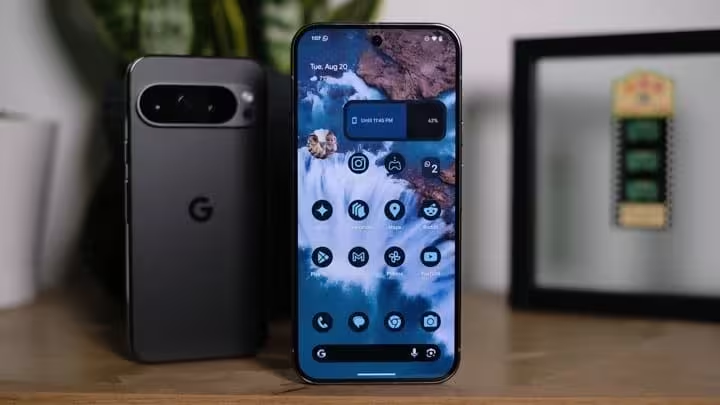
Key Specifications: Google Tensor G4 processor | 6.3-inch Super Actua display, up to 120Hz | Rear cameras: 50MP wide, 48MP ultrawide (Macro Focus), 48MP 5x telephoto | 42MP dual PD front camera with autofocus | 4,700mAh battery
Google’s Pixel lineup has long been applauded for its pure Android experience and elite camera capabilities. The Pixel 9 Pro continues this tradition, but in a refined, more manageable form factor. Unlike the larger Pixel 9 Pro XL, the standard Pro has a comfortable 6.3-inch display—making it easier to operate one-handed without sacrificing flagship-level features. The camera suite remains unchanged from the XL variant, ensuring superb image quality, robust AI photography enhancements, and versatile shooting modes.
Battery life is a standout feature, with nearly 25 hours of usage on test, outlasting its bigger sibling despite a slightly slower charging speed. This prolonged endurance makes the Pixel 9 Pro remarkably reliable for heavy users and travelers. The mature, sophisticated design also signals Google’s intent to appeal to professionals, with a sleek build reminiscent of the market’s most premium devices.
Though price parity with Apple’s iPhone Pro lineup might surprise some, the Pixel 9 Pro justifies its $999 tag with industry-leading software support, impressive AI features (including a year of Gemini Advanced free), and extraordinary real-world performance. For those wanting flagship prowess in a practical package, this is the Android phone to beat.
Pros: Exceptional camera features, free Gemini Advanced for a year, stellar battery life, brilliant outdoor-friendly display, efficient Tensor G4 chip. Cons: Slower charging than XL, not specialized for gaming-heavy users.
Best Budget Android Phone: Google Pixel 9a
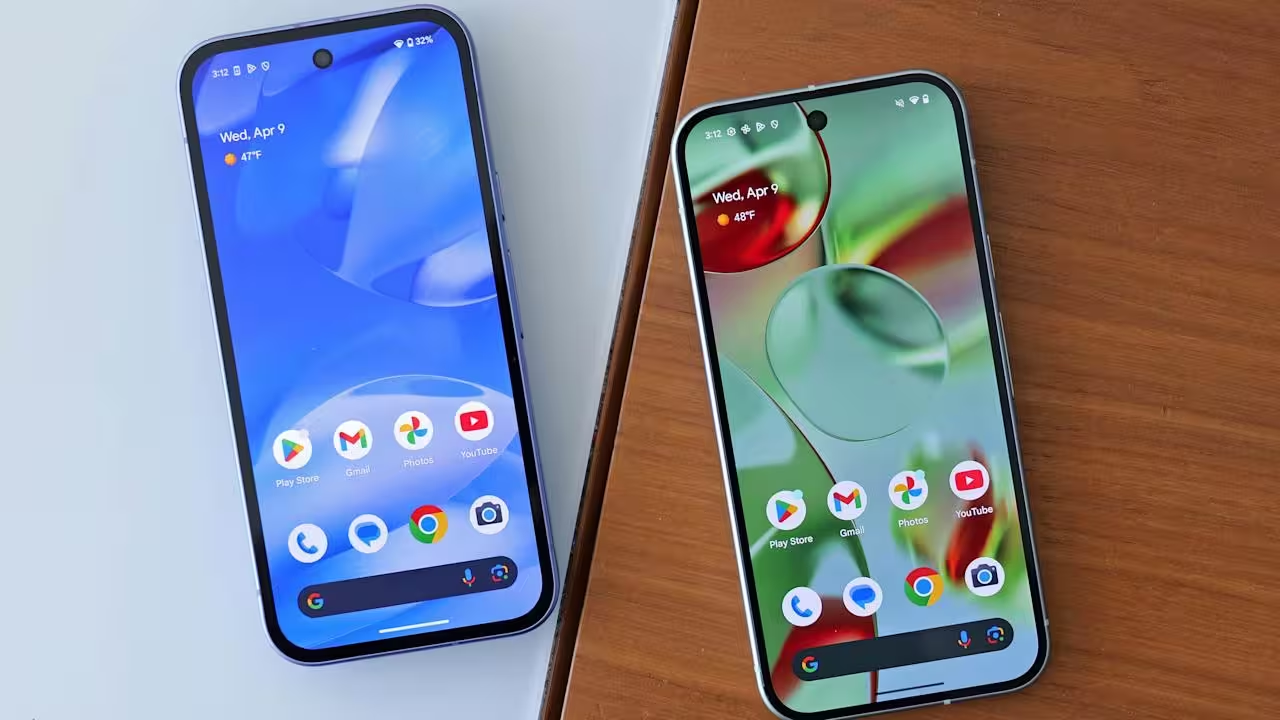
Key Specifications: Google Tensor G4 | 6.3-inch 1080 x 2424 pOLED display, up to 120Hz | Rear cameras: 48MP wide, 13MP ultrawide | 13MP front camera | 5,100mAh battery
Google’s Pixel 9a may lack fancy bells and whistles, but that’s precisely its charm. Designed for users who value essentials—solid performance, clean design, top-notch cameras, and outstanding battery life—the Pixel 9a delivers beyond its price point. While some software extras and faster charging are reserved for pricier models, the 9a’s combination of a vivid display, dependable battery (often lasting through two days of moderate use), and water/dust resistance (IP68) makes it an unbeatable choice under $500.
Photography enthusiasts on a budget will appreciate Google’s computational photography, delivering consistently sharp and vibrant photos. For students, busy professionals, or those entering the Android realm for the first time, the Pixel 9a is a smart, future-proof pick.
Pros: Sleek design, top-tier battery life, vibrant display, high-quality cameras, IP68 durability. Cons: Slower charging, lacks Screenshot app, Macro Focus can be finicky.
Best Premium Android Phone: Samsung Galaxy S25 Ultra
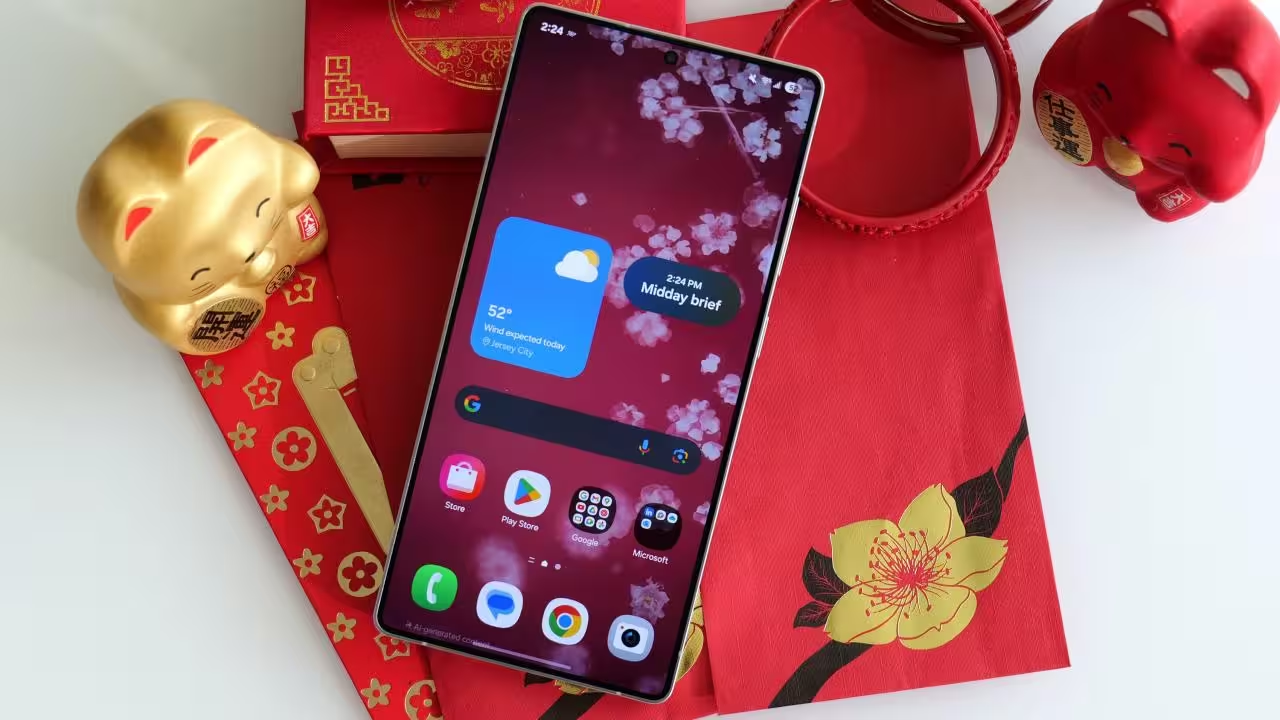
Key Specifications: Qualcomm Snapdragon 8 Elite | 6.9-inch Dynamic AMOLED 2X QHD+ display, up to 120Hz | Rear cameras: 200MP wide, 50MP macro, 50MP ultrawide, Dual Pixel AF, 100x digital zoom | 12MP front camera | 5,000mAh battery
For users seeking the pinnacle of Android hardware and innovation, the Galaxy S25 Ultra represents Samsung’s latest engineering masterpiece. Its enormous 6.9-inch screen is brighter, sharper, and more immersive than ever—perfect for gamers, video editors, or anyone craving a cinematic viewing experience. The versatile quad-camera system, highlighted by the industry-leading 200MP main sensor and dual 50MP lenses, is tailor-made for creative professionals, content creators, and photography enthusiasts.
2025’s focus is deeply rooted in AI, as Samsung debuts advanced features like Now Brief for personalized content feeds, Drawing Assist for AI-powered creativity, and new screenshot tools. The hallmark S Pen remains tantalizing for productivity buffs, although Air Actions support has been discontinued in this generation.
While hardware advancements this year are incremental (chiefly the Snapdragon 8 Elite chipset and new ultrawide camera), the S25 Ultra cements its claim as a tech juggernaut. However, owners of last year’s S23 Ultra may not find enough incentive to upgrade immediately.
Pros: Spectacular AMOLED display, robust performance, superior battery endurance, Gorilla Armor 2 protection, slim bezels, advanced camera upgrades. Cons: No Air Actions for S Pen, unchanged main/telephoto cameras, incompatible with magnetic Qi2 accessories, premium pricing.
Best Foldable Android Phone: Samsung Galaxy Z Fold 7
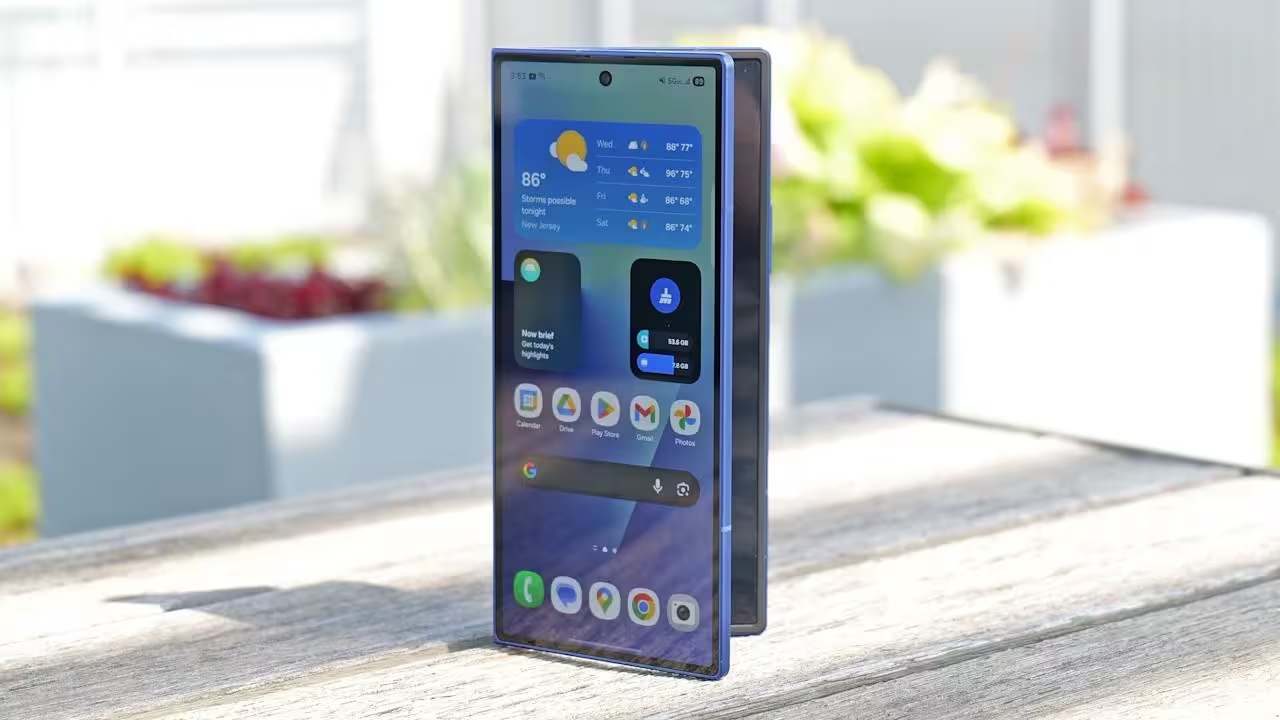
Key Specifications: Snapdragon 8 Elite | 8-inch QXGA+ Dynamic AMOLED 2X inner display | 6.5-inch FHD+ cover display | Rear cameras: 200MP wide, 12MP ultrawide, 10MP telephoto | 10MP front camera | 4,400mAh battery
Samsung’s Galaxy Z Fold 7 raises the bar for foldable smartphones by delivering both innovation and practicality. Thinner by 26% compared to its predecessor yet sporting even larger, vivid displays, the Z Fold 7 feels less cumbersome and more elegant in daily use. The enhanced durability, streamlined hinge, and upgraded 200MP main camera allow this device to compete directly with the best conventional flagships—but with the added benefit of a tablet-sized workspace in your pocket.
Ideal for productivity aficionados, multitaskers, and early adopters, the Z Fold 7 offers a powerful platform for everything from mobile gaming to document editing and immersive content consumption. The absence of S Pen support may deter some Samsung faithful, and the hefty $2,000 price tag reflects its ultra-premium status. Still, for those chasing the future of mobile form factors, there’s no finer example.
Pros: Ultra-thin design, svelte hinge mechanism, industry-leading main camera, expansive displays, top-tier performance. Cons: Pricey, lacks S Pen compatibility, average charging speeds.
Honorable Mention: OnePlus 13
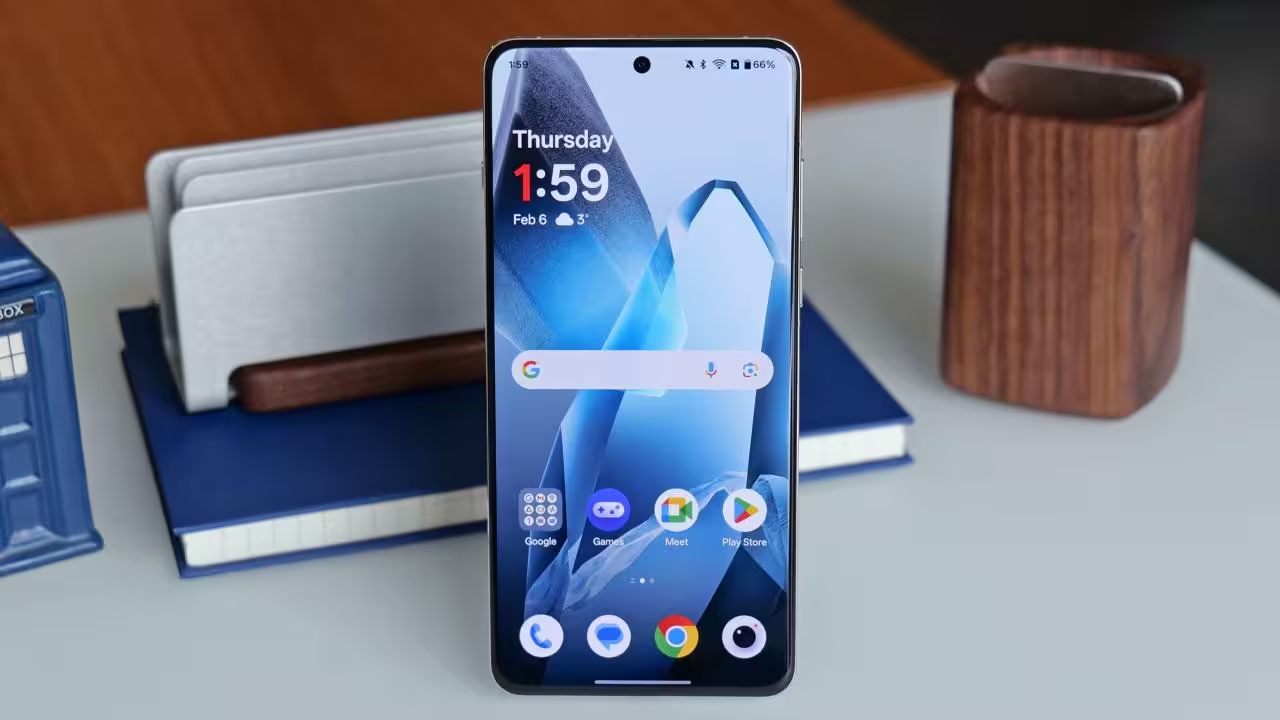
Key Specifications: Qualcomm Snapdragon 8 Elite | 6.8-inch OLED, 120Hz, 4,500 nits peak brightness | Rear cameras: 50MP wide, 50MP ultrawide, 50MP telephoto | 32MP front camera | 6,000mAh battery
For users who want flagship specs without the eye-watering prices, the OnePlus 13 presents a compelling alternative. Blending classic performance-driven engineering with carefully selected smart features, the OP13 offers blazing-fast processing, a razor-sharp 6.8-inch OLED display reaching 4,500 nits, and a triple 50MP camera setup. Its massive 6,000mAh battery outpaces most competitors, making it ideal for travelers and power users.
OnePlus’ trademark Alert Slider remains, while select color variants boast a vegan leather back for extra flair and tactile grip. Priced from just $900, it delivers flagship-level performance while undercutting the Galaxy S25+.
Pros: Record-setting battery life, ultra-bright display, rapid performance, stylish design. Cons: Camera software could improve, six years of software support (not seven), full Qi2 magnetic support requires a case.
How to Choose the Best Android Phone in 2025: What Matters Most
Performance and Responsiveness
Before making your decision, consider the performance demanded by your daily routine. Today’s best Android smartphones are powered by elite processors (like Google Tensor G4 and Qualcomm Snapdragon 8 Elite), ensuring smooth multitasking, seamless AI-driven functions, and plenty of horsepower for gaming or creative apps. Look for responsiveness in UI navigation, app launches, and background processes for a frustration-free experience.
Display Technology and Viewing Experience
A great display goes beyond resolution and size. Modern OLED and Dynamic AMOLED panels offer vivid colors, deep blacks, and high refresh rates (120Hz is now standard in premium models), crucial for fluid animations and lag-free gaming. Peak brightness, rated in nits, determines outdoor readability—a must for users frequently on the move.
Design, Durability, and Innovation
Design extends beyond aesthetics. IP68 ratings for water and dust resistance, robust screen protection (like Gorilla Armor), and form factor options (traditional, foldable, or with stylus support) must be evaluated. Consider wireless charging, reverse wireless charging, and UWB connectivity to future-proof your device and support seamless integration with your digital ecosystem.
Camera Systems: Versatility and Creativity
Today’s Android cameras rival—in some cases surpass—traditional cameras, thanks to state-of-the-art sensors, computational photography, and expansive feature sets. Prioritize models with ultrawide and telephoto lenses, dedicated night modes, high-resolution video, and innovative extras like AI-enhanced editing tools. Content creators should favor devices offering high dynamic range, stabilized video, and advanced photo modes.
Battery Life and Software Support
All-day battery endurance is non-negotiable in a top Android phone; our recommendations consistently surpass the 16-hour benchmark on continuous use tests. Fast charging and wireless charging are now common in midrange and flagship tiers. Software longevity is equally vital—seek brands with strong commitments to multi-year Android updates and frequent security patches, as device lifespans continue to extend.
Comparisons, Advantages, and Use Cases: Tailoring to Your Tech Persona
• Pixel 9 Pro vs. Samsung Galaxy S25 Ultra: Choose the Pixel for clean Android, AI finesse, and photographic excellence. Opt for Samsung if you want raw power, stylus support, and an all-in-one multimedia device. • Pixel 9a vs. OnePlus 13: The 9a shines for simplicity, price, and reliability, while the OP13 delivers flagship thrills and enhanced battery life with a modest price jump. • Z Fold 7 vs. Everything Else: Folder and multitasking aficionados are best served by Samsung’s latest foldable. Those prioritizing portability may prefer a traditional flagship.
Across the board, features like IP68 ratings, AI integration, multi-sensor cameras, and QHD+ panels dominate the high-end space in 2025. Meanwhile, midrange and value devices remain more capable than ever, providing accessible entry points to the Android world for first-time buyers and budget-conscious upgraders.
The Future of Android Smartphones: Trends and Market Outlook
2025 is shaping up as a year defined by incremental hardware improvements dovetailing with explosive advancements in mobile AI, camera technologies, and form factors. With new chipsets enabling smarter on-device experiences, foldables becoming lighter and more durable, and the extension of battery performance, the Android ecosystem continues to innovate at an unparalleled pace.
For technology professionals, digital creatives, and everyday consumers alike, the Android market offers unprecedented choice without compromise. Whether you’re a power user, a mobile photographer, or simply want the best bang for your buck, our carefully curated list above ensures you’re making an informed—and inspired—decision when shopping for your next smartphone.
Stay tuned as we continue updating our recommendations with the latest releases and in-depth device reviews throughout 2025. The Android journey only gets more exciting from here.
Source: engadget


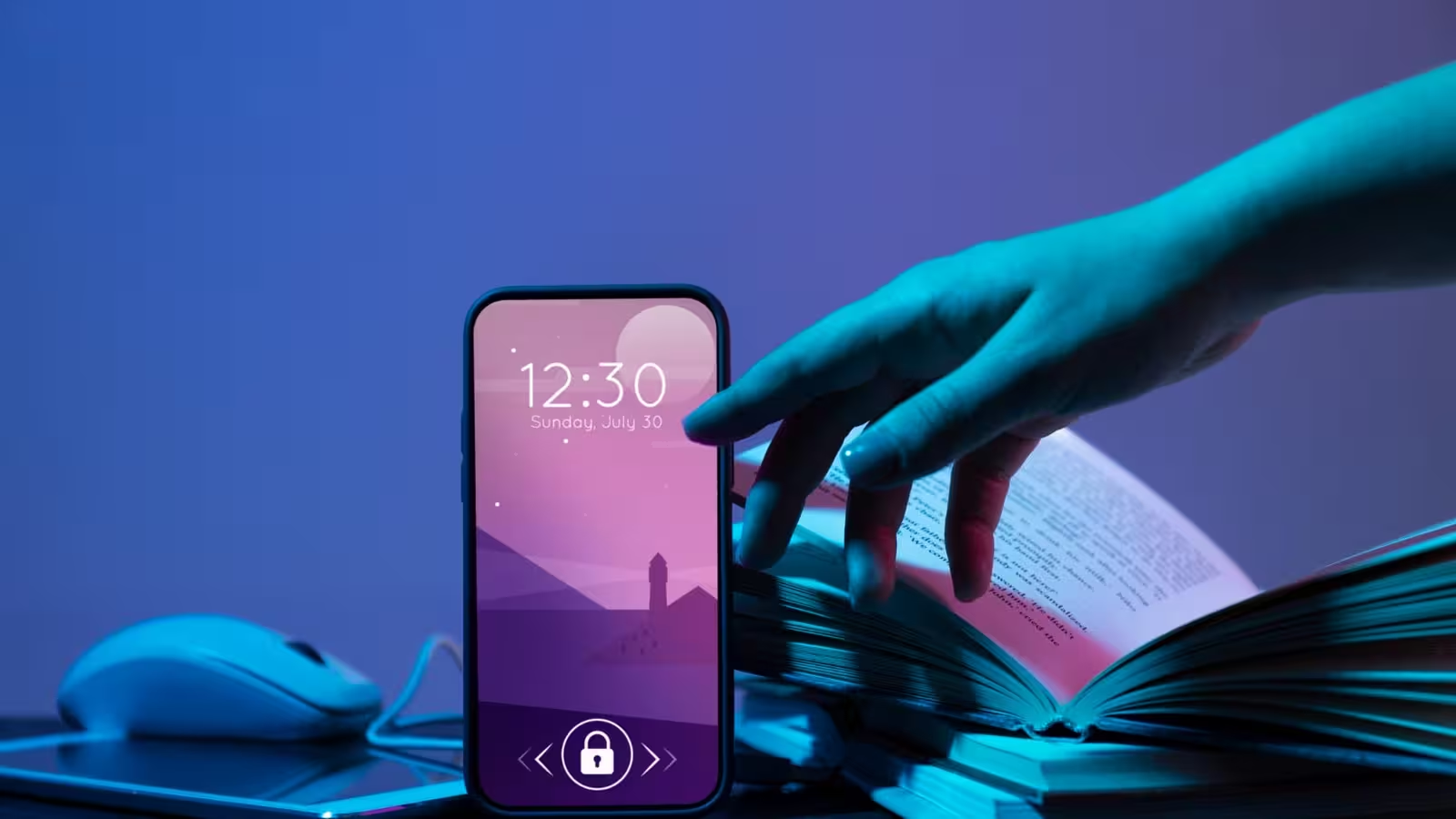
Comments